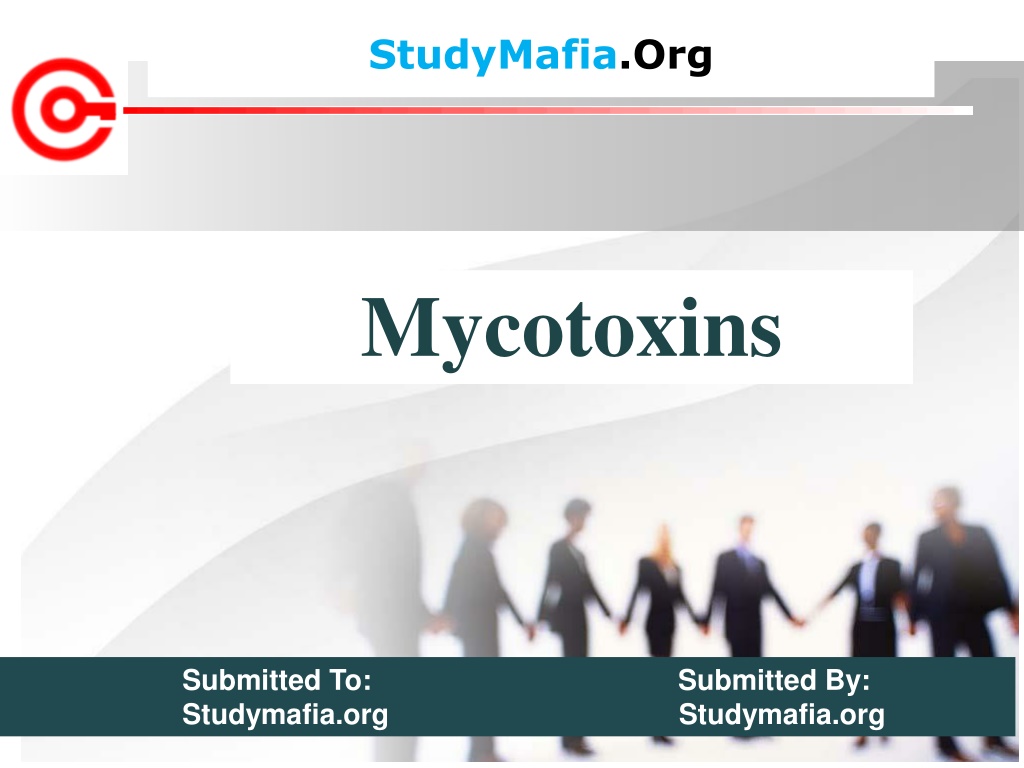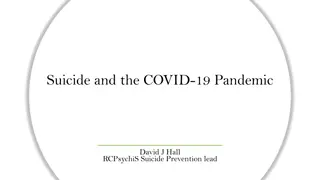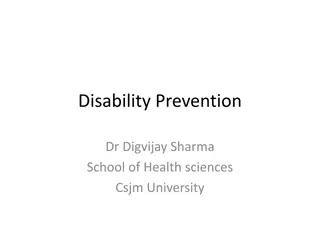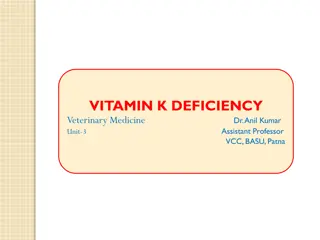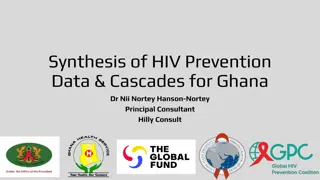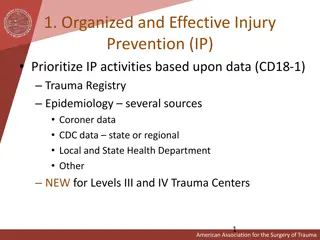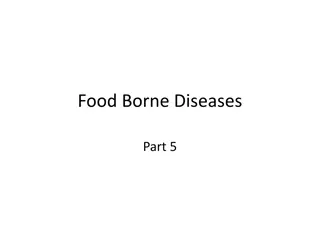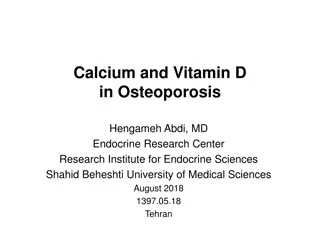Understanding Mycotoxins: Risks, Sources, and Prevention
Mycotoxins are toxic substances produced by fungi that can be harmful to humans and animals. They can be found in various food items like nuts, cereals, and coffee beans, and are often spread through poor agricultural practices. Exposure to mycotoxins can lead to mycotoxicosis, causing serious health issues. It is important to be aware of where mycotoxins are found and take precautions to avoid them for a healthy lifestyle.
Download Presentation

Please find below an Image/Link to download the presentation.
The content on the website is provided AS IS for your information and personal use only. It may not be sold, licensed, or shared on other websites without obtaining consent from the author. Download presentation by click this link. If you encounter any issues during the download, it is possible that the publisher has removed the file from their server.
E N D
Presentation Transcript
StudyMafia.Org Mycotoxins Submitted To: Submitted By: Studymafia.org Studymafia.org
Table Contents Definition Introduction Where Are Mycotoxins Found? How Do Mycotoxins Spread? What Do Mycotoxins Do To Humans? How Do I Avoid Mycotoxins? Conclusion 2
Definition Mycotoxins are poisonous substances produced by fungi or mold. 3
Introduction They can be toxic for humans when they are eaten, absorbed into the skin, or inhaled. A small amount of mycotoxin can be damaging to human or animal health and even cause death. Poisoning by mycotoxins is called mycotoxicosis. You may be familiar with this condition if you ve heard about what happens if you drink moldy coffee. 4
Where Are Mycotoxins Found? Mycotoxins are an umbrella group of toxins that can grow on the following: Nuts Cereals Spices Dried fruit Apples Coffee beans 6
How Do Mycotoxins Spread? Typically, mycotoxins are created by the following conditions: Environmental factors Poor harvesting practices of crops Exposure during transportation, processing, selling of crops 7
How Do Mycotoxins Spread? Usually, mycotoxins are found in warm and humid conditions. They may be more widespread in our era than in previous times due to global warming. Mycotoxins are spreading in low-income countries where many of the crops they thrive on are staple foods. 8
How Do Mycotoxins Spread? Often in these countries, people are exposed to smaller amounts of mycotoxin for longer periods. Richer countries have more stringent processes to ensure that this does not happen. There are currently experiments being done to create easy mycotoxin removal techniques that can be used at home, and especially in tropical environments. 9
How Do Mycotoxins Spread? Mycotoxins are particularly prevalent in coffee. However, it has been shown that this prevalence can be reduced by adequately storing, transporting, and processing coffee. Typically, roasting coffee beans is an essential step. Roasting prevents higher levels of mycotoxins in coffee and renders the product mold-free. 10
What Do Mycotoxins Do To Humans? Coffee mold exposure symptoms or mold exposure symptoms generally may be grouped in several ways. Much of the data on mycotoxin poisoning is unreliable. This is due to the fact that many of the countries most affected have loose regulations First, there are two different kinds of exposure acute and chronic. 11
What Do Mycotoxins Do To Humans? Acute exposure presents symptoms that are very severe and quick to show up. Symptoms are caused by exposure to large amounts of mycotoxins in one sitting. Chronic mycotoxicosis is exposure to a low dosage of mycotoxins for an extended period. It can result in cancers and other serious health consequences. 12
What Do Mycotoxins Do To Humans? In addition, to truly understand mycotoxin poisoning, you need to conduct extensive environmental and lifestyle testing. In the case of these countries, both reporting and detecting mycotoxins is not always done. Treatment for mycotoxin poisoning involves treating whatever disease is being caused by it and minimizing exposure to mycotoxins. 13
How Do I Avoid Mycotoxins? Mycotoxins can grow on the surface of foods as well as penetrate deep within the food. However, mycotoxins rarely grow on properly stored food that is dry and clean. To properly prevent mycotoxin exposure: Pay special attention to your whole grains, dried fruits, and nuts for signs of mold or decay. 14
How Do I Avoid Mycotoxins? Try not to store or eat damaged grains. Purchase dried goods that are fresh. Store your foods in environments that do not have insects and are not too warm. Do not keep foods for overly long periods. Eat a wide variety of foods. 15
Conclusion Mycotoxins are naturally occurring toxins produced by certain moulds (fungi) and can be found in food. The moulds grow on a variety of different crops and foodstuffs including cereals, nuts, spices, dried fruits, apples and coffee beans, often under warm and humid conditions 17
Thanks To StudyMafia.org
